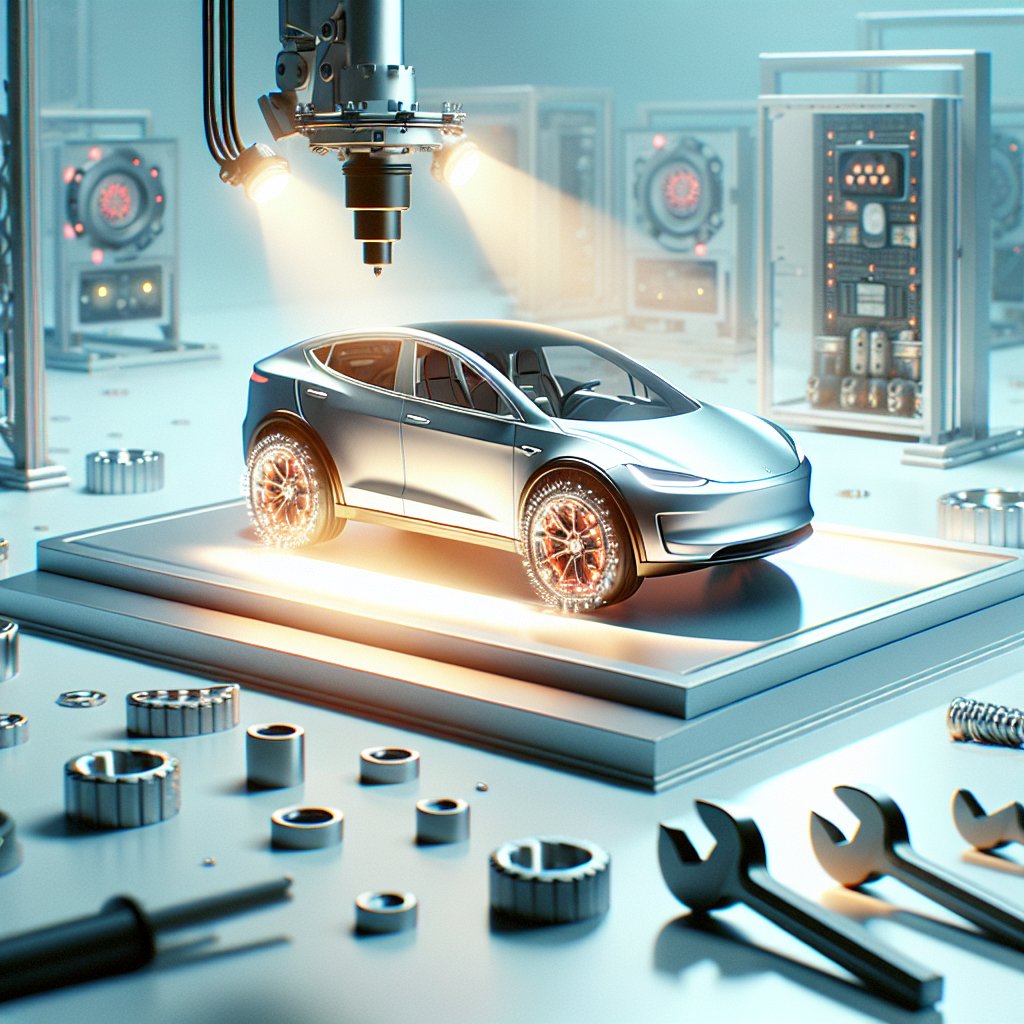Rare metals have become a cornerstone in the development and production of electric vehicles (EVs), playing a crucial role in the advancement of this transformative technology. As the world shifts towards more sustainable energy solutions, the demand for these rare metals has surged, highlighting their importance in the automotive industry.
The Importance of Rare Metals in Electric Vehicle Technology
Electric vehicles rely heavily on rare metals for their core components, particularly in the production of batteries and electric motors. Lithium, cobalt, and nickel are among the most critical metals used in lithium-ion batteries, which are the heart of most EVs. These metals provide the necessary energy density and longevity that make electric vehicles a viable alternative to traditional internal combustion engines.
Lithium, often referred to as “white gold,” is essential for the production of rechargeable batteries. Its unique properties allow for high energy storage capacity, making it indispensable for EV manufacturers. Cobalt, another vital component, is used to stabilize the battery and increase its energy density. However, the sourcing of cobalt has raised ethical and environmental concerns, as a significant portion of it is mined in regions with poor labor practices.
Nickel, on the other hand, is used to enhance the energy density of batteries, allowing for longer driving ranges. The demand for nickel is expected to rise as manufacturers strive to produce more efficient and cost-effective batteries. Additionally, rare earth elements such as neodymium and dysprosium are used in the production of powerful magnets for electric motors, which are crucial for the performance and efficiency of EVs.
Challenges in the Supply Chain of Rare Metals
The increasing demand for rare metals has brought to light several challenges in their supply chain. One of the primary concerns is the geographical concentration of these resources. For instance, a significant portion of the world’s lithium reserves is located in the “Lithium Triangle” of South America, comprising Argentina, Bolivia, and Chile. Similarly, cobalt is predominantly sourced from the Democratic Republic of Congo, which accounts for over 60% of global production.
This concentration of resources poses risks related to geopolitical stability and supply chain disruptions. Political instability, trade restrictions, and environmental regulations in these regions can significantly impact the availability and price of rare metals. Furthermore, the extraction and processing of these metals often involve environmentally damaging practices, leading to habitat destruction, water pollution, and carbon emissions.
To mitigate these challenges, the industry is exploring alternative sources and methods for obtaining rare metals. Recycling and urban mining are gaining traction as viable solutions to reduce dependency on primary sources. By recovering metals from used batteries and electronic waste, manufacturers can create a more sustainable and circular economy. Additionally, research into alternative materials and battery technologies, such as solid-state batteries, is ongoing to reduce reliance on scarce resources.
The Future of Rare Metals in the Electric Vehicle Industry
As the electric vehicle market continues to grow, the role of rare metals will remain pivotal. The global push towards reducing carbon emissions and achieving net-zero targets is driving innovation and investment in EV technology. Governments and companies are investing heavily in research and development to improve battery efficiency, reduce costs, and secure a stable supply of essential materials.
One promising avenue is the development of new battery chemistries that minimize the use of rare metals. For example, lithium iron phosphate (LFP) batteries, which do not require cobalt or nickel, are gaining popularity due to their lower cost and improved safety. These advancements could alleviate some of the pressure on the supply chain and make electric vehicles more accessible to a broader audience.
Moreover, international cooperation and policy frameworks are crucial in ensuring a sustainable and ethical supply of rare metals. Initiatives such as the European Union’s Battery Directive and the Responsible Cobalt Initiative aim to promote responsible sourcing and environmental stewardship in the industry. By fostering collaboration between governments, industry stakeholders, and non-governmental organizations, the electric vehicle sector can address the challenges associated with rare metals and pave the way for a cleaner, more sustainable future.
In conclusion, rare metals are indispensable to the electric vehicle industry, driving innovation and enabling the transition to sustainable transportation. While challenges in the supply chain persist, ongoing research, technological advancements, and international cooperation offer promising solutions to ensure a stable and ethical supply of these critical resources. As the world moves towards a greener future, the role of rare metals in electric vehicles will continue to evolve, shaping the landscape of modern transportation.












